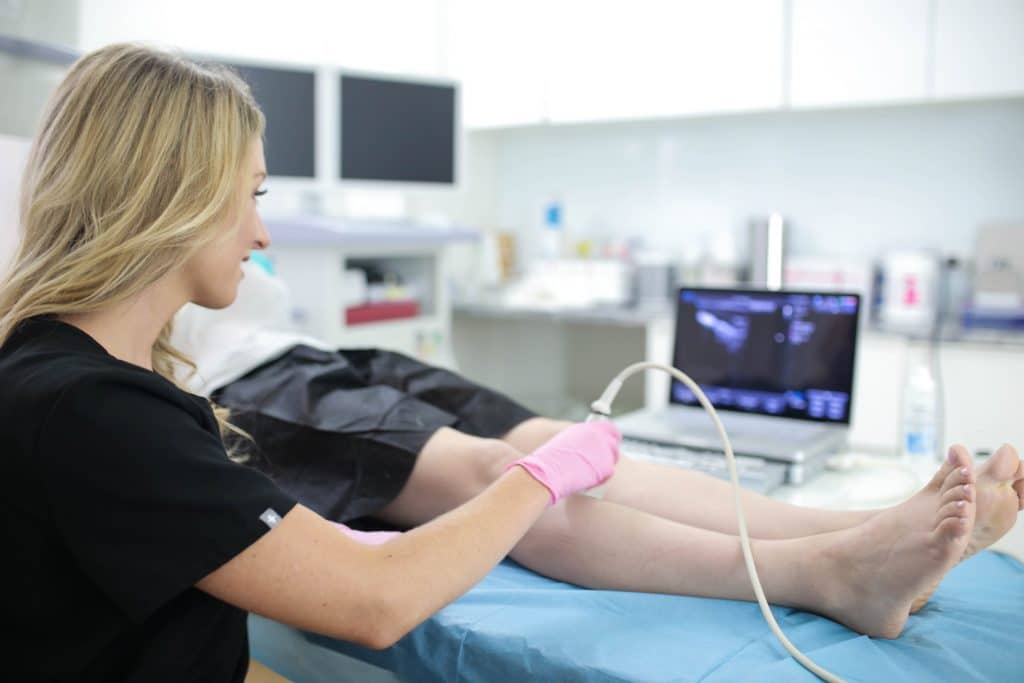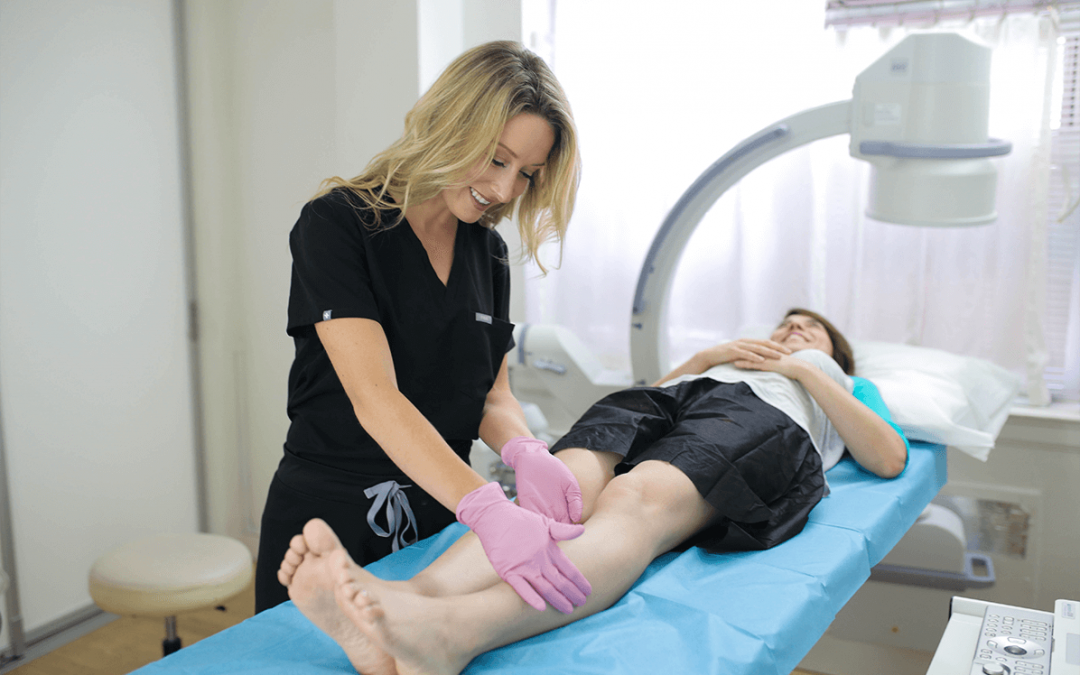Summary of Vein Treatment Process at Vein Clinic in Bellmore, Long Island
Vein Treatment Clinic is a state-of-the-art vein clinic in Bellmore, Long Island. Our medical center is widely hailed as the best vein treatment clinic in Long Island. Our vein center is presided over by Dr. Caroline Novak, currently the best vein doctor in Long Island.
Our vein clinic in Bellmore specializes in minimally invasive varicose vein treatments with a personalized approach. We understand that one’s emotional comfort is just as important as their physical comfort. That’s why we patiently explain every step of the vein treatment process to our patients before the treatment. Most of our patients lose all their original apprehensions once they see how minimally-invasive and simple our vein treatment process is.
Vein Treatment Clinic is less than 15 minutes from Bellmore via Southern State Pkwy and Great Neck Rd, right on the border of Nassau County and Suffolk County. As such, our medical center is incredibly accessible, and you can schedule an appointment for varicose vein treatment right now. However, you can continue reading this article if you want to learn more about vein treatments.
In this article, we provide a step-by-step overview of, and introduction to, minimally invasive varicose vein treatments. The following is a brief summary of the vein treatment process at our vein clinic in Bellmore to get you started.
- Diagnosis: Visual Examination,Duplex Ultrasound
- Vein Treatment: Radiofrequency Ablation, Endovenous Laser Ablation, VenaSeal
- Cosmetic Treatment: Ambulatory Phlebectomy, Sclerotherapy

Diagnosis: Visual Examination, Duplex Ultrasound
As with most conditions and diseases, the first step is always diagnosis. Unfortunately, many vein centers skip the diagnosis, or do an inadequate job, which can result in a relapse of your vein conditions. Vein treatment isn’t all about treating the visible signs and symptoms of vein disease, like spider veins and varicose veins. It’s also about diagnosing and treating the root cause of your vein problems.
Varicose veins, spider veins, and most other vein conditions occur because of underlying venous insufficiency. Chronic venous insufficiency is a circulatory disorder in which your vein valves collapse, which causes blood to flow backward due to gravity, pooling in your leg veins. Over time, the accumulated blood applies pressure on your vein walls, leading to vein dilation. This leads to various other vein problems, including spider veins and varicose veins.
As such, during your initial consultation, our vein doctor will diagnose the root cause of your vein conditions. The following are the steps and methods involved in the diagnostic process.
- Visual Examination of Symptoms: The vein doctor will first examine your leg veins for signs of vein disease. The most visible signs of vein disease include leg ulcers, skin discoloration, spider veins, and varicose veins. However, the vein doctor will also ask you to describe how you’re feeling because vein disease often leads to leg heaviness, restless legs, frequent leg cramps, throbbing leg veins, and other such symptoms.
- Duplex Ultrasound Test: After the visual and physical examination, the vein doctor will conduct a vascular imaging test to examine the direction of blood flow in your leg veins. Vein disease causes blood to flow backward, leading to accumulation of blood in leg veins. Duplex Ultrasound will determine if you have vein disease and reveal the problematic saphenous vein.
Vein Treatment: Radiofrequency Ablation, Endovenous Laser Ablation, VenaSeal
If you have vein disease, the vein doctor will start with a minimally invasive vein treatment. The primary purpose of all vein treatments is to remove the diseased saphenous vein. This can be done either by collapsing the diseased vein or sealing its walls. Once the diseased saphenous vein is neutralized, the accumulated blood flows to healthier veins, restoring smooth blood circulation to the heart.
The following is an overview of the different varicose vein treatments your vein doctor may recommend.
- Radiofrequency Ablation: The vein doctor inserts a catheter into the diseased vein and channels thermal energy to collapse the diseased vein.
- Endovenous Laser Ablation: The vein physician inserts a laser fiber into the problematic vein and uses laser energy to destroy the problematic vein
- VenaSeal: The vein doctor injects a medical adhesive into the diseased saphenous vein to seal its vein walls.
Cosmetic Treatment: Ambulatory Phlebectomy, Sclerotherapy
Minimally invasive vein treatments address the root cause of varicose veins and spider veins — venous insufficiency. However, getting rid of the diseased saphenous vein doesn’t automatically remove the visible varicose veins and spider veins on your legs. Without vein disease, the visible leg veins don’t pose a physical danger, but they still look pretty ugly.
The vein doctor may recommend cosmetic vein treatments to remove the visible spider veins and varicose veins on your skin. Since these procedures are largely cosmetic, they’re not eligible for insurance coverage.
The following are the two most effective spider vein treatments.
- Ambulatory Phlebectomy: The vein doctor creates incisions on the surface of the skin and physically removes the vascular veins.
- Sclerotherapy: The vein doctor injects a medicine called sclerosant into the spider veins, sealing their vein walls. The spider veins harden into scar tissues that get absorbed by the body.
Consult our Medical Center in Long Island
Vein Treatment Clinic is the best medical center for vein treatments in Long Island. If you have vein conditions or any questions about vein treatments, please schedule an appointment with our vein clinic in Bellmore.
